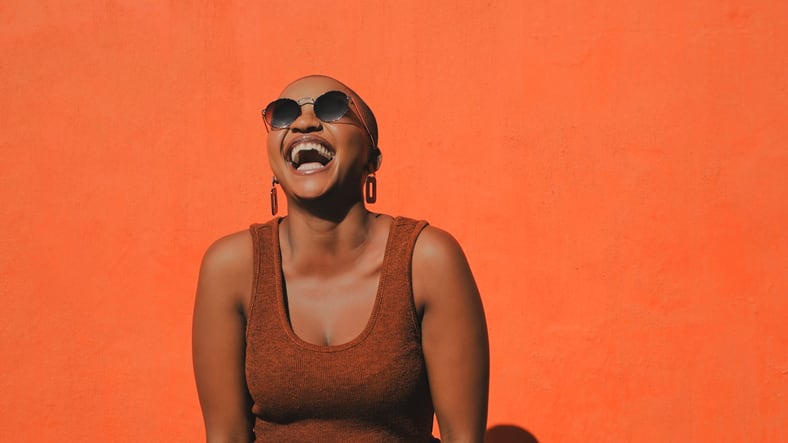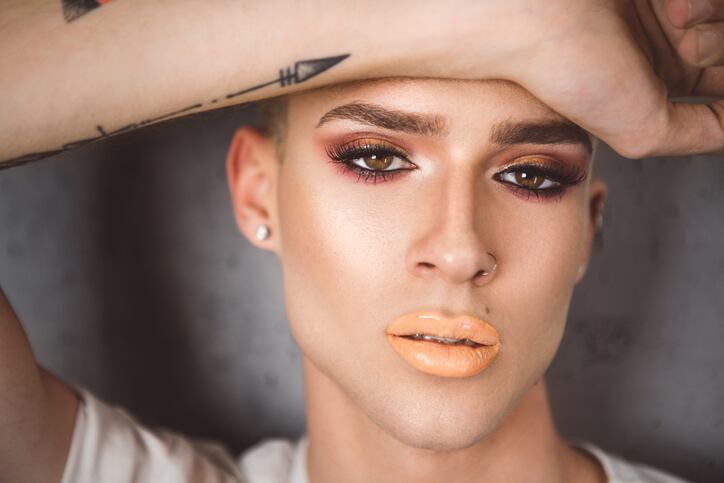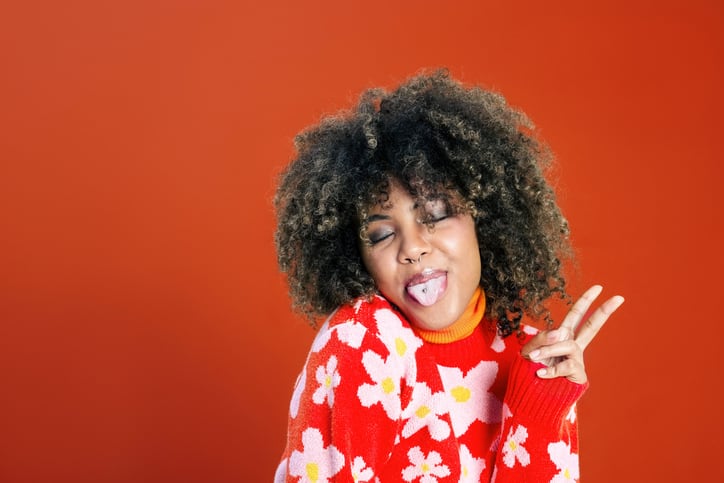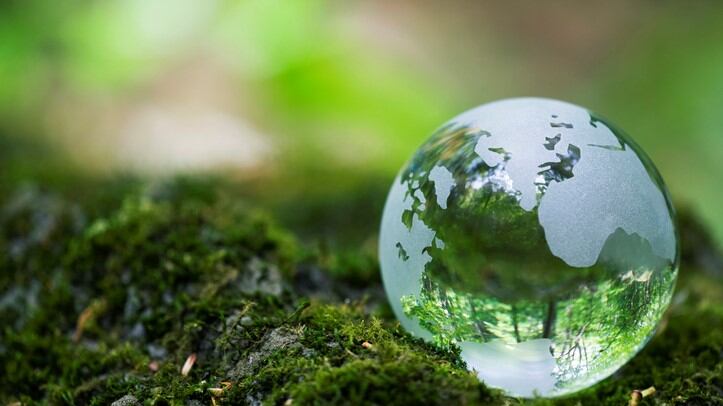This month, global beauty trend forecaster WGSN released its Top Beauty Trends for 2023 and Beyond report, and in amongst the movements set to shape this year was: ‘unsexy beauty’.
‘A new era of hyperrealism’
According to WGSN, beauty consumers would continue to call for hyperrealist standards across the beauty and personal care category, ultimately driving change at brand level.
“A new era of hyperrealism will stoke appetite for products that address ‘unsexy’ topics, with brands and consumers embracing and revelling in the ‘ick factor’,” said the report.
The market would see brands creating products and solutions for issues “once thought too embarrassing to discuss”, it said, from pimple popping and ingrown hairs to underboob sweat and melasma moustaches.
And web searches and social media trends were backing this. On TikTok, videos tagged #BodyHairPositivity had already garnered 100 million views and worldwide Google searches for ‘pimple patches’ trebled from 2020 to 2022, according to WGSN.
“Unsexy beauty is starting to change the discourse of the industry, with products that put a name to the issue,” the forecaster said.
Consumers rejecting ‘normal’, tackling ‘taboos’
The ‘unsexy beauty’ movement tied in nicely with WGSN’s previously published ‘big ideas’ and ‘beauty personas’ to watch in 2024, that featured the mainstream rejection of ‘normal’.
Clare Varga, director of beauty at WGSN, said: “Consumers will say no to normal as they reject beauty narratives that promote ideals.”
Instead, these consumers – coined ‘Universals’ – would focus on personalised and inclusive designs that catered to all, she said. “They are redesigning what beauty means by choosing brands, retailers and products that make them feel welcome, served and seen.”
And WGSN wasn’t the only forecaster calling out a fruitful future for abnormal beauty ideals.
NielsenIQ last week said ‘taboo’ topics like acne, menopause and sexual wellness would gain ground in 2023, offering important promise for beauty innovation and wider consumer engagement.
Anna Mayo, VP of account development for the beauty division at NielsenIQ, said: “Consumers are demanding solutions to issues that were previously swept under the rug and not up for discussion.”
This, in turn, offered opportunities for ‘made for me’ highly personalised beauty products targeting these very specific set of needs, Mayo said.
Sexual health and gender fluidity
Mintel had also highlighted the breaking of taboos as an important movement set to shape beauty in 2023, fuelled by a rise in more holistic self-care approaches.
Andrew McDougall, director of beauty and personal care research at Mintel, said: “It’s about brands having an honest conversation with consumers, providing them with products that address their needs and looking at information and education.”
Sexual health would be one key area within this to gain ground in 2023, he said, and it was a market that should be taken seriously. “Sexual health is a huge market and there is massive potential for beauty brands, whether through hair removal products, skin care or devices.”
Research agency Verve also spotlighted a future for ‘unconventional beauty’ in August 2022 – think shaved heads, no eyebrows, messy makeup and more. An area it said was building off the back of a pandemic, driven largely by Generation Z.
Kimberly Howard, semiotics director and trends expert at Verve, said: “There’s a subcategory of people kind of owning conventionally unattractive signs of beauty, and it being celebrated.”
And within this, Howard said there was an overturning of traditional gender-focused marketing. “The distinctions between male and female are obviously blurring – people don’t want to be forced into a particular idea determined by society or culture. They’re considering what is being dictated to them by the world versus what they are feeling.”




